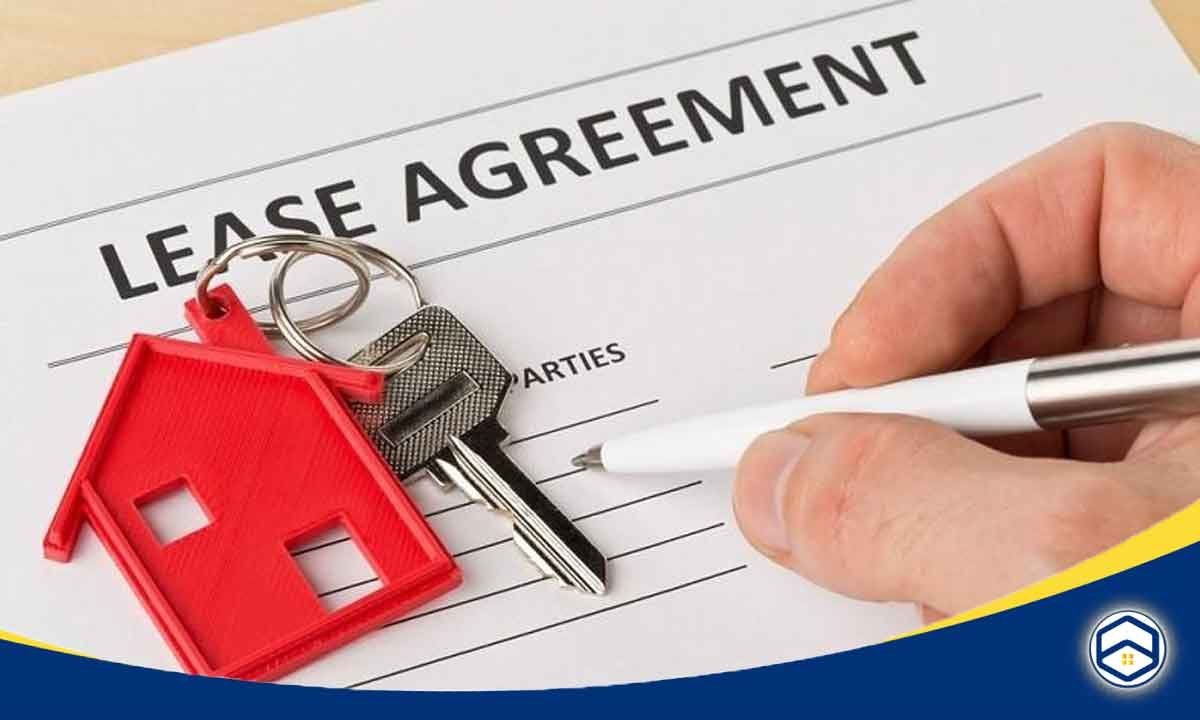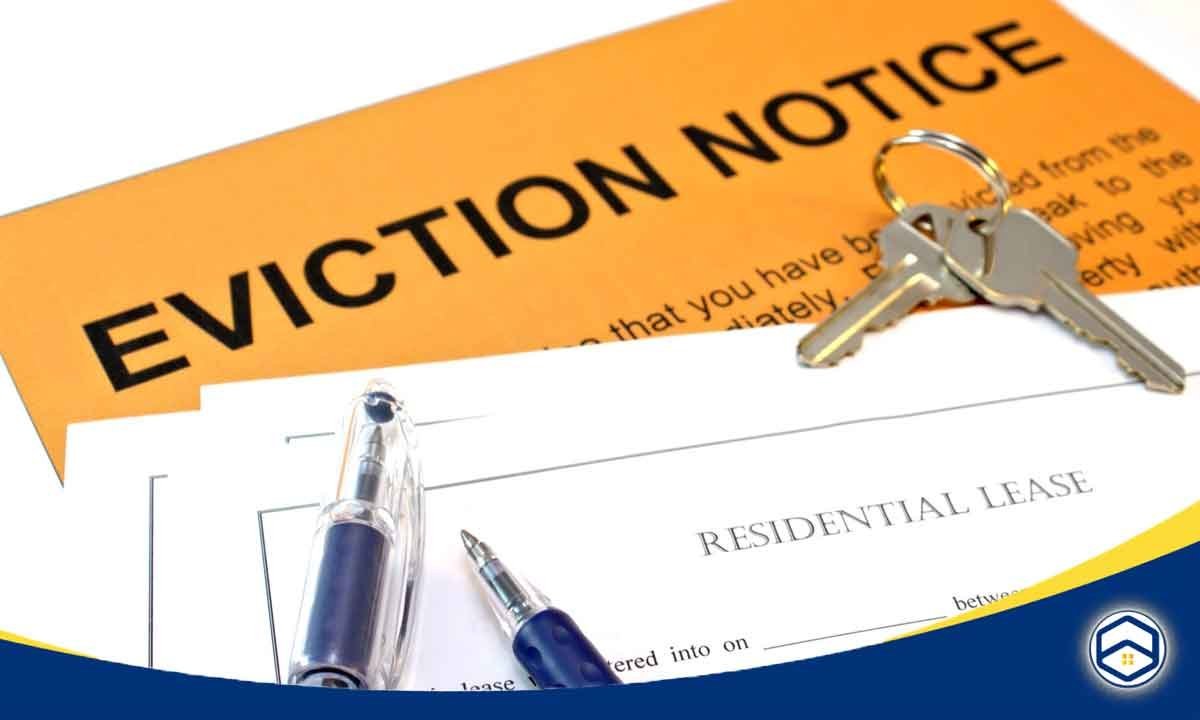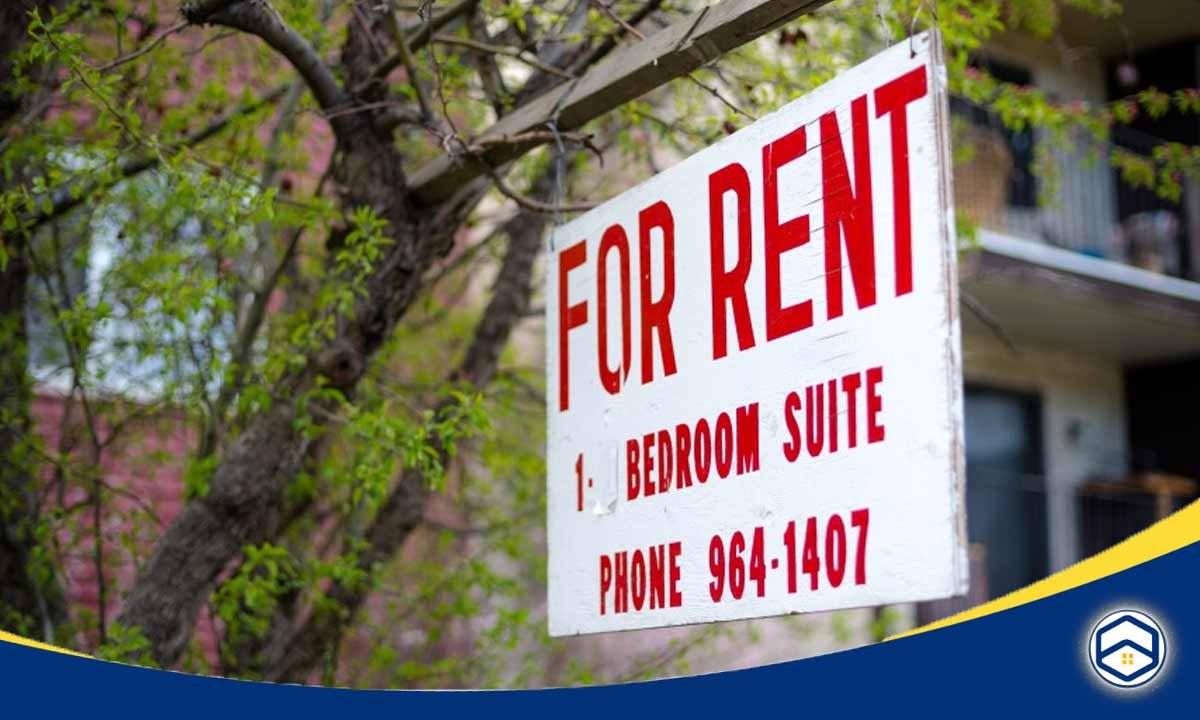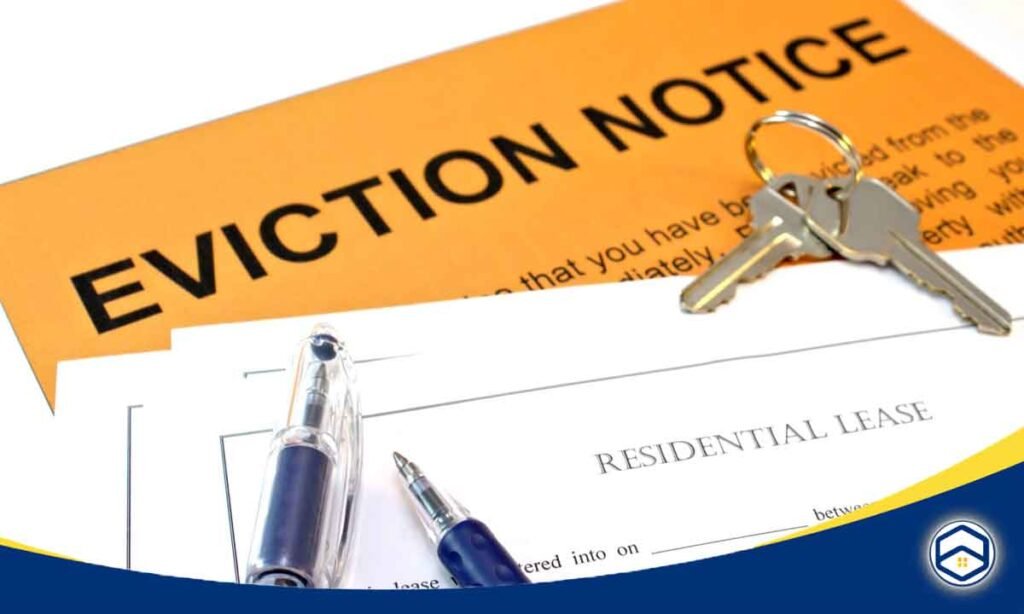How to evict a tenant? This is a complicated and sometimes tough task that landlords might have to deal with because of reasons like not paying rent, doing illegal stuff, breaking the lease, or damaging the property. In this guide, we’ll talk about why landlords might need to evict tenants, the step-by-step legal process for doing it, and other ways to get a tenant to leave without going through a formal eviction. We’ll cover everything from knowing the law to going to court, offering tips to help landlords handle the eviction process smoothly.
What are the most common reasons to evict a tenant?
Failure to pay rent
Evicting a tenant because they haven’t paid rent happens quite a bit. Life can throw unexpected curveballs, like losing a job, closing a business, health issues, or big family changes, making it tough for tenants to keep up with rent. Landlords often try to work things out before jumping to eviction. They might talk with tenants, trying to create a written plan for catching up on missed payments.

But if everything fails and the tenant can’t get back on track, eviction might be the last option. The process is a bit complicated and varies by area, so landlords must follow the rules to protect everyone’s rights during the eviction process.
Illegal behaviors
Kicking out a tenant because they’re up to illegal stuff is a big deal for landlords. If your tenant is caught doing things like selling drugs gambling operations or running a business that breaks local rules, it’s a legitimate reason for eviction.
Having illegal activities in your rental not only messes with the safety of other tenants but also causes issues for the whole neighborhood. Landlords usually have the right to speed up the eviction process when tenants are into criminal stuff.
To get a handle on the legal side of things, it’s smart to chat with a local attorney. They can help you understand the laws in your area, so you know your rights and what you need to do in these situations.
Breaking other terms of the lease
Kicking a tenant out for not playing by the lease rules could happen if they bring in pets or roommates without permission, or keep getting fines from the homeowners association. Usually, these problems can get sorted out if the tenant takes quick action to fix things. But landlords need to keep a close watch afterward to make sure the tenant sticks to the rules.

If the tenant keeps breaking the lease terms, it might end in eviction. That’s why landlords need to keep good records of everything – just in case things get legal. Staying on top of things and having all the info ready ensures landlords are prepared if eviction becomes the only option.
Causing damage to the property
If the damage goes beyond the usual wear and tear, landlords might find things like holes in the walls or broken windows during property inspections. Sometimes, landlords can dip into the tenant’s security deposit to cover the costs, but that deposit might not be enough.
States usually have rules about how much landlords can ask for as a security deposit, typically capping it at one or two times the monthly rent. If the tenant’s damage starts affecting the property’s value or becomes a safety issue, eviction might be the only way to go. So, landlords need to know their rights and follow the rules to sort things out and keep their property in good shape.
How to evict a tenant?
Step 1: Review landlord-tenant laws
Before you start the eviction process, make sure you know the landlord-tenant laws in your state and city. Don’t try to kick out the tenant yourself using methods that aren’t allowed by the law, as this can lead to legal problems for you. Get to know the eviction process specific to your state, including things like when you need to give notice and the steps you have to follow.

It’s really important to understand the laws in your state and city to make sure you’re following all the rules and protecting your rights as a landlord during the eviction process. Being informed right from the beginning helps make sure the eviction goes smoothly and is within the law.
Step 2: Comprehend your rental lease agreement
For the second step in the eviction process, make sure you understand your rental lease agreement. Before going through the details of your lease, it’s important to know your rights as a landlord according to your state’s rental laws. Take a good look at your lease to find important info like when the rent is due, details about the security deposit, and what happens if the tenant doesn’t pay rent.

Knowing these details is key because it helps you figure out your next steps if you have to go through the eviction process. Getting familiar with the terms in your lease makes sure you’re aware of your rights and what you need to do as a landlord, laying the groundwork for any actions you might need to take.
Step 3: Have a valid reason for evicting and talk to the tenant
Evicting someone is a big deal, and you need a valid reason, like not paying rent, damaging the property, having unauthorized pets, letting others live there without permission, or doing illegal stuff on the property.
Even when dealing with difficult tenants, landlords have to follow the rules to stay on the right side of the law and be in a better position if things end up in court.

Some landlords might offer to end the lease right away if the tenant agrees to leave, but they still need to provide utilities and keep things peaceful until the tenant completely moves out. Having an open conversation during this step is important. It lets landlords and tenants discuss the problems and maybe find solutions before things get to the point of formal eviction.
Step 4: Issue an eviction notice
Write a letter to the tenant, clearly saying you want them out and explaining when and what they need to do. Make sure they get the notice by sending it through certified mail. There are different kinds of eviction notices.
- Pay rent notice: If your tenant hasn’t paid the rent on time, you can give them a pay rent notice. This means they have a certain period to pay the overdue rent. If they don’t, they’ll have to leave the place. This notice is just for dealing with late rent issues.
- Cure notice: A cure notice is for when your tenant is doing stuff against the lease terms. It gives them a set time to stop the lease-violating activities. If they don’t fix things in that time, they’ll have to move out. This notice is handy for dealing with other lease violations, not just late rent.
- Quit notice: The quit Notice is the most serious one. It tells your tenant they need to leave within a specific period, no matter what. Even if they fix the late rent or lease violations, they still have to go. You’d use this notice when other options haven’t worked, or the problems are so bad that immediate eviction is the only choice.

Keep the notice short and to the point, mentioning why they’re being evicted, the total amount they owe for damages and rent when they need to fix things, and what happens if they don’t follow through. Being clear in the notice helps everyone understand the situation, and it sets the stage for any legal actions you might need to take later on.
Step 5: Begin the Eviction Process in Court
To get started, landlords need to gather important papers like the lease, proof of lease violations, and a copy of the eviction notice. Then, they head to the courthouse to meet with a court clerk, who helps with the paperwork, sets up a court hearing with a judge, and sends a summons to the tenant to make sure they show up.

The court hearing usually happens about one to two months after the first meeting with the court clerk. Landlords can choose to represent themselves or hire a real estate lawyer. Before the hearing, it’s crucial to collect strong evidence like emails, texts, photos of property damage, or bank statements. Landlords can even bring in witnesses to back up their side.
Once both parties present their cases, the judge makes a call to either kick the tenant out or let them stay by paying what’s owed. Sometimes, the judge might suggest mediation to help the landlord and tenant work things out.
Step 6: Evict the tenant and regain the property
The judge usually sets a move-out date, typically about a week after the court hearing, giving the tenant some time to find a new place. Until the tenant is completely gone, landlords have to follow their lease rules and can’t enter the rental property. If there’s a worry that the tenant won’t leave voluntarily, landlords can ask the sheriff’s office for law enforcement presence on moving day.

Once the tenant has left, landlords can finally get back into the rental for cleaning and, if necessary, changing the locks. Getting any overdue rent back might depend on state laws, and landlords might need to go through legal steps to get the payment.
How to remove a tenant without evicting them?
Getting rid of a tenant without going through the whole eviction process can be a practical and money-saving move. Evictions can cost landlords a lot, sometimes several thousand bucks. So, it makes sense to try and talk the tenant into leaving on their own. Having a face-to-face chat in a neutral spot gives a chance to discuss why an eviction could be bad for everyone and find a solution that works.
Another option is offering the tenant some cash as a sweetener to leave early. It might seem odd to pay someone to go, but it can save landlords money on legal fees, and time, and avoid potential property damage. This way, everyone gets a smoother deal.
Final thoughts
In the world of being a landlord, kicking out a tenant is a big deal. We’ve talked about why it might happen, the legal steps involved, and even some other ways to get a tenant to leave without going through all the formal eviction drama. Whether it’s about understanding the rules or heading to court, we’ve shared tips to make sure landlords can handle the eviction process without too much hassle.
So, no matter the twists and turns, being informed and careful is key for landlords dealing with the whole eviction thing.








